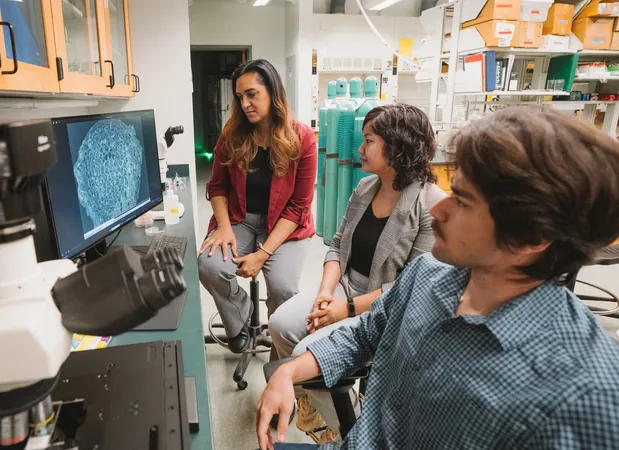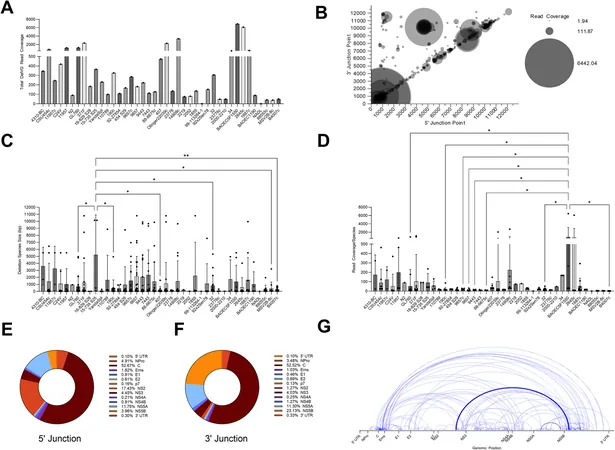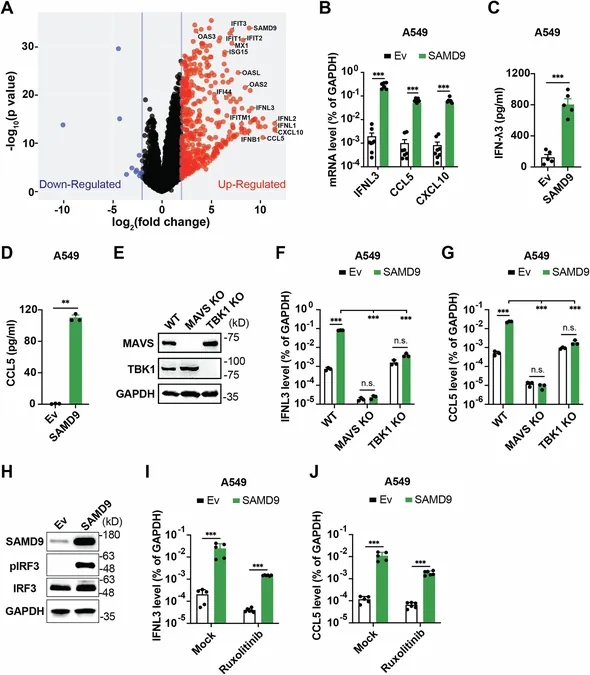
Unlocking the Secrets of Soil Fungi: A Game-Changer for Ecological Restoration
2025-06-12
Author: Daniel
Revolutionizing Our Understanding of Mycorrhizal Fungi
In a groundbreaking revelation, scientists have unveiled a public database designed to illuminate the intricate relationships between soil fungi and the plants they nurture. These mycorrhizal fungi are not just silent partners beneath our feet; they are pivotal in helping plants access essential nutrients in exchange for sugars. Despite their significance, the traits and distribution of these fungi have remained shrouded in mystery.
Dartmouth Researchers Lead the Charge
A team of researchers at Dartmouth College has taken a monumental step forward by curating a comprehensive database that catalogs the spore traits of 344 mycorrhizal fungi species. This meticulous project aims to consolidate previously overlooked knowledge about fungal traits, enabling scientists to explore how these fungi—and the plants they support—respond to environmental stresses like climate change and land use.
According to lead author Bala Chaudhary, an associate professor of environmental studies, "Mycorrhizal fungi are ubiquitous. However, we lack a deep understanding of their traits compared to those of plants and animals. Our hope is that this database will inspire fresh inquiries into the evolutionary history and functional diversity of these ecologically and economically vital fungi."
Diving Deep into Fungal Diversity
The researchers specifically targeted the most common type of mycorrhizal fungi, known as arbuscular mycorrhizal (AM) fungi. These organisms establish partnerships with a wide array of plants, from grasses to agricultural crops. AM fungi spend their entire lives below ground, creating vast networks known as mycelium.
While the ultimate goal is to document the traits of mycelium, the team initially focused on the fungal spores—tiny, resilient clumps vital for reproduction and dispersion.
A Tireless Collaborative Effort
Chaudhary initiated this ambitious project in 2019, but it has flourished into a years-long collaborative effort involving countless students, faculty, and researchers.
With a treasure trove of older scientific literature—some of which dated back over a century—the team sifted through studies in multiple languages to gather critical data on various spore traits such as size, shape, and surface ornamentation.
What Lies Ahead for Fungal Research?
The completed database is not just an academic exercise; it’s a launching pad for further investigation. The team is eager to explore the balance between producing larger or smaller spores and how these traits influence global fungal species distribution and resilience.
Recent findings indicate that while larger spores can flourish in warmer, wetter climates, they struggle with long-distance dispersal, highlighting a fascinating trade-off.
Interest in this research has skyrocketed, with Chaudhary sharing insights at the International Conference on Mycorrhiza, igniting buzz among the scientific community. Researchers are eager to utilize this data, offering a promising outlook for the future of ecological restoration.



 Brasil (PT)
Brasil (PT)
 Canada (EN)
Canada (EN)
 Chile (ES)
Chile (ES)
 Česko (CS)
Česko (CS)
 대한민국 (KO)
대한민국 (KO)
 España (ES)
España (ES)
 France (FR)
France (FR)
 Hong Kong (EN)
Hong Kong (EN)
 Italia (IT)
Italia (IT)
 日本 (JA)
日本 (JA)
 Magyarország (HU)
Magyarország (HU)
 Norge (NO)
Norge (NO)
 Polska (PL)
Polska (PL)
 Schweiz (DE)
Schweiz (DE)
 Singapore (EN)
Singapore (EN)
 Sverige (SV)
Sverige (SV)
 Suomi (FI)
Suomi (FI)
 Türkiye (TR)
Türkiye (TR)
 الإمارات العربية المتحدة (AR)
الإمارات العربية المتحدة (AR)